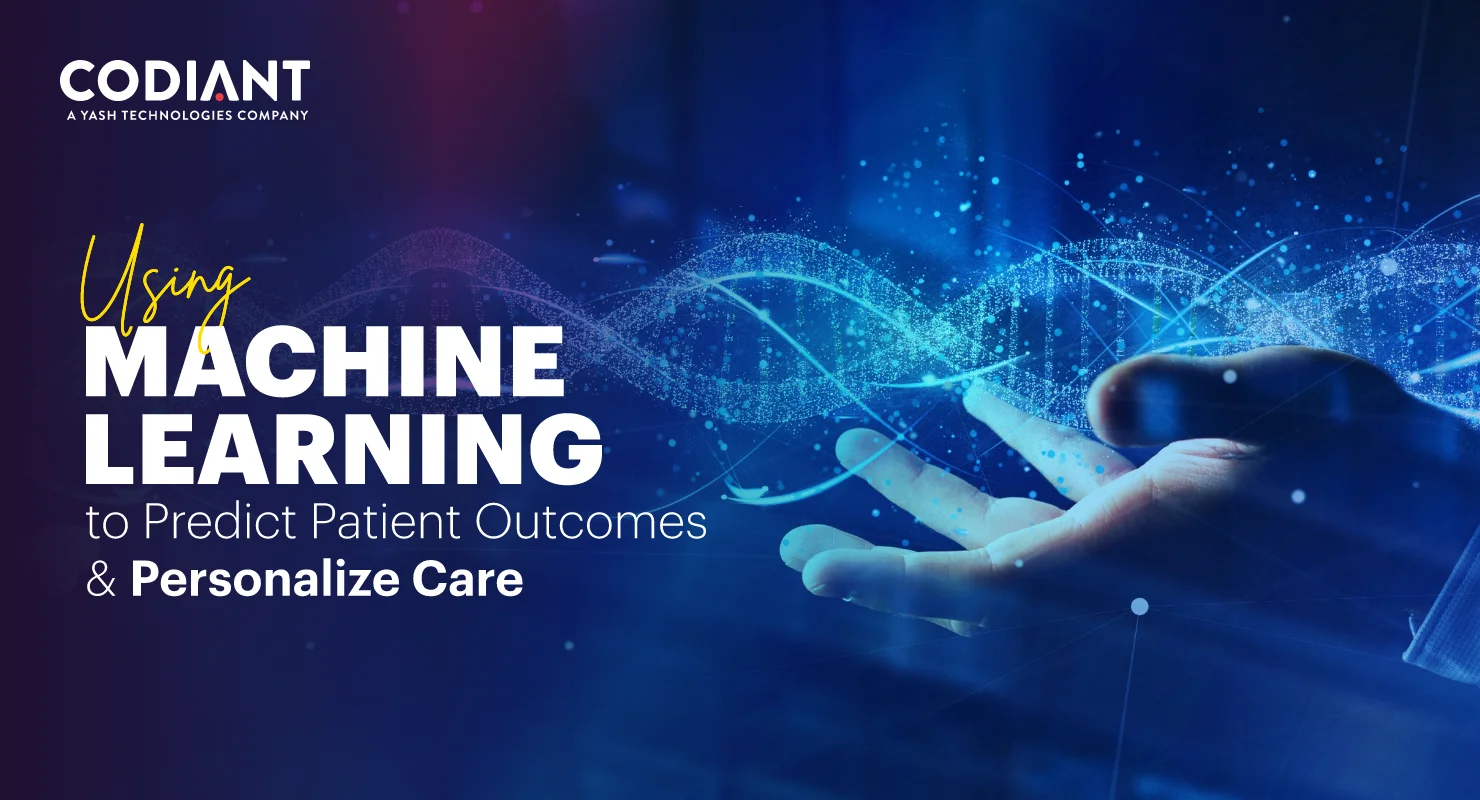Benefits Of Choosing MongoDB For Your Next Web Application
Table of Contents
Subscribe To Our Newsletter

Undoubtedly, we’ve stepped into the den of the modern world’s web applications, where we go to great lengths to keep pace up with the next-generation products and applications we bring Advantages of mongodb. It is unreasonable to say conventional approaches to solutions development will bridge the gap.
Modern-day applications require rich and dynamic data structures, fast response times, easy scaling, and low Total Cost of Ownership (TCO) to match the rapidly changing customer and business requirements. A Lot of development time is wasted as the bulk of the work has shifted from upgrading business features to struggling with the RDBMSs.
MongoDB, the premier NoSQL database, offers flexible and scalable solutions to focus on quickly upgrading business value again.
What is MongoDB?
- MongoDB is the modern, start-up approach to databases. They are basically No-SQL database or just think of them as an alternative to relational databases. It’s good for managing data that changes frequently or data that is unstructured or semi-structured.
- MongoDB is a scalable, high-performance, open source, document-oriented database. MongoDB’s flexible data structures, ability to index and query data, and auto-sharding make it a strong tool that adapts well to changes. It also helps reduce complexity as compared to traditional RDBMS.
- Common use cases of MongoDB include storing data for mobile apps, product catalogs, real-time personalization, content management and applications delivering a single view across multiple systems. Again, MongoDB is not for the data newbie. As with any database, you do need to know how to query it using a programming language.
MongoDB – (a NoSQL Database) Key Features
Schema Agnostic
A database schema is the description of all possible data and data structures in a relational database. With a NoSQL database, a schema isn’t required, giving you the freedom to storing information without doing up?front schema design.
Replication
MongoDB provides database replication via a topology known as a replica set. Replica sets distribute data across machines for redundancy and automate failover in the event of server and network outages.
Speed & Durability
In MongoDB’s case, users control the speed and durability trade-off by choosing write semantics and deciding whether to enable journaling.
Nonrelational
Relations in a database establish connections between tables of data. For example, a list of transaction details can be connected to a separate list of delivery details. With a NoSQL database like in MongoDB, this information is stored as an aggregate – a single record with everything about the transaction, including the delivery address.
Highly Scalable
Distributed databases can store and process a set of information on more than one device. With a NoSQL database, a cluster of servers can be used to hold a single large database. MongoDB has been designed to make this kind of horizontal scaling manageable i.e. it distributes the database across multiple machines.
Commodity Hardware
Some databases are designed to operate best (or only) with specialized storage and processing hardware. With a NoSQL database, cheap off?the?shelf servers can be used. Adding more of these cheap servers allows NoSQL databases to scale to handle more data.
See also: 9 MongoDB Success Stories
Why Choose NoSQL Database?
- To improve programmer productivity by using a database that better matches an application’s needs.
- NoSQL database uses geographically distributed scale-out architecture instead of expensive, monolithic architecture.
- To improve data access performance via some combination of handling larger data volumes, reducing latency, and improving throughput.
The Big Data and MongoDB
Selecting the right big data technology for your application and goals is important. MongoDB excels when applied to large datasets that require queries to span the entire corpus. MongoDB’s sharding functionality can be leveraged to handle this class of problem. Craigslist, Foursquare, and Bit.ly are great examples of MongoDB being used to perform queries on a single monolithic dataset.
In A Nutshell
MongoDB has gone to great lengths to take the complexity out of hierarchical databases. The open source MongoDB NoSQL database is powering an increasing number of websites and services.
Codiant continue to help you make a difference to the business and take a leap in this new connected world by roping in the next-generation database MongoDB that let you build and leverage the applications that weren’t possible before.
Featured Blogs
Read our thoughts and insights on the latest tech and business trends
Machine Learning In Healthcare: Applications, Benefits & Future Trends
- April 19, 2024
- Technology
The way we take care of people's health is changing swiftly! Instead of just using tools like scalpels and stethoscopes, doctors are now using super smart computer programs called artificial intelligence, especially one called machine... Read more
Overcome Digital Transformation Challenges in Large Organizations
- April 11, 2024
- Technology
Change is happening fast in the digital world, and for large organizations, it's like climbing Mount Everest – tough, challenging, but definitely worthwhile. Don't worry, though! Even though the journey to digital transformation can be... Read more
Top AI Trends Lighting Up Innovation 2024
- April 10, 2024
- Artificial Intelligence
2024 is set to be a significant year for top AI trends, especially generative AI, following its explosive emergence in 2022 and initial business exploration in 2023. This year, the focus is on making AI... Read more


